
The recent announcement of funding of €6.5 million for two Kerry greenway projects, the Southern Trail extension to Listowel and the Tralee/Fenit Greenway, was a hugely significant victory for the many people who have been campaigning for decades for these under-utilized assets to be developed. Indeed, the planning application for the 10.47Km long Tralee/Fenit Greenway received no less than 277 submissions, the vast majority expressing strong support for the project.
Upon completion of the final stretch from Listowel to Tralee, the Southern Trail will stretch 85km from Limerick to Tralee and on to Fenit, making it the longest greenway in the country. It will link many towns in north Kerry, including Ardfert, Abbeydorney and Lixnaw, providing a welcome economic boost to these towns. The Tralee/Fenit Greenway will connect Kerry’s biggest town to the port town of Fenit, enjoying spectacular views of Tralee Bay and the Slieve Mish mountains.
The countywide significance is amplified by the other potential greenways in South Kerry, Killarney, Dingle and Castleisland. But is Kerry ready to take advantage of this fantastic new development? If we look at the existing Irish greenways in Mayo and Waterford, we can get a good insight into how best to leverage these phenomenal resources.
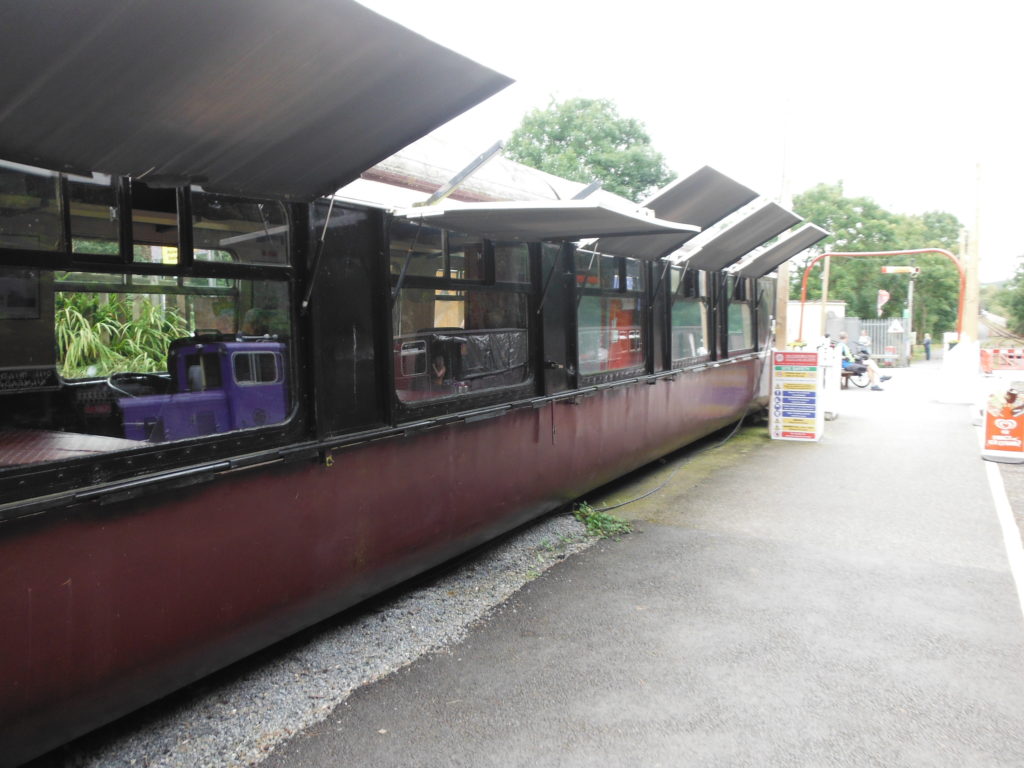
A 2011 Failte Ireland study of the Mayo Greenway estimated that it annually attracts 23,000 people from outside the area, bringing an extra €7.2million into the local economy. Aside from cycle hire and transport, the Greenway also brought significant increases in demand for food and accommodation, spreading the benefits across many sectors.
Similarly, the Waterford Greenway has given a huge boost to local economy there. A public house at Durrow reportedly took in more money in one day when the Greenway opened than it had the whole previous year. Dungarvan town, at the far end of the Greenway, actually ran out of accommodation last summer and a new hotel is currently being built there to accommodate the influx of visitors.
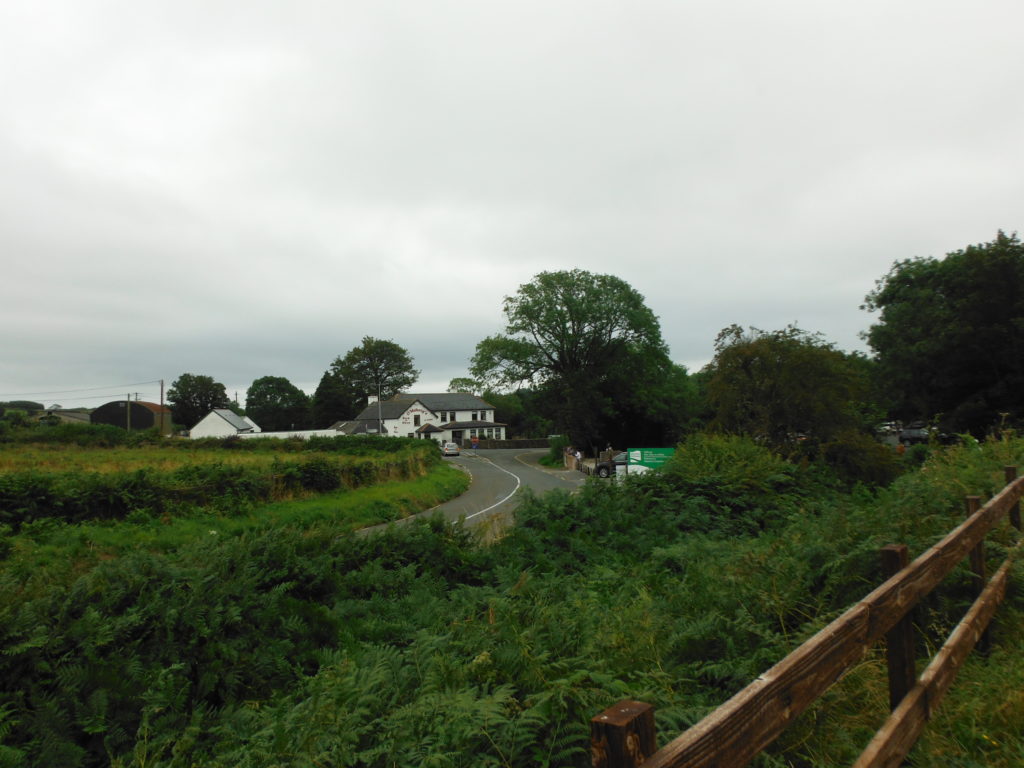
All along the Waterford Greenway, both new and old businesses have been thriving: the old railway carriage turned into a café at Kilmeaden or Mount Congreve House and Gardens which has received a huge boost from the Greenway passing along its northern boundary. The Coach House is another busy expanding restaurant, with cycle hire and music venue situated in historic Famine Workhouse in Kilmacthomas right on the Greenway.
The Tralee/Fenit Greenway has many historic and cultural amenities along the route. As detailed by local archaeologist Laurence Dunne, the area the rail-line passes through has a rich history going back millennia. There are thirty seven ringforts adjacent to the route which date from early medieval times, and during the Civil War Sammy’s Hill at Kilfenora was the site of a pitched gun battle between the local IRA and Free State troops who had landed in Fenit. The grave of Mary O’Connor, the original Rose of Tralee is also situated along the route.
The tourist potential of such sites speaks for themselves, but it will require a concerted effort to promote them to fully realize this potential. Proper signage needs to be developed at either ends of the Greenway and along the route, indicating the significance of the various places. Importantly, the intersection of the existing Greenway at Rock Street in Tralee town requires considerable redesign, if only for reasons of safety.
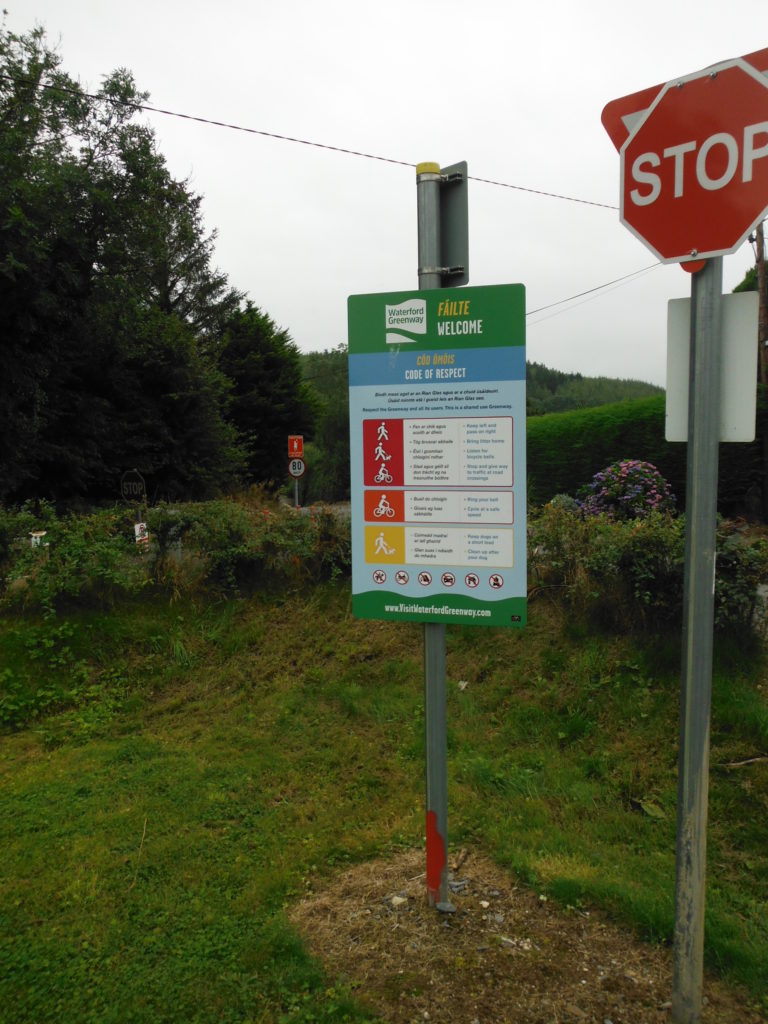
A key issue is accessibility: will visitors be able to park at convenient locations along the Greenway? Will local people be able to get onto the Greenway at a location close to their homes?
For the Waterford Greenway, careful consideration was given to these issues so that access points with adequate carparks are located at sites of other amenities, such as at pubs or restaurants or at towns along the route. For the Tralee/Fenit Greenway, natural points of entry would be in the Spa and Kilfenora, where such amenities already exist, but no provision was made for this in the Kerry County Council planning application.
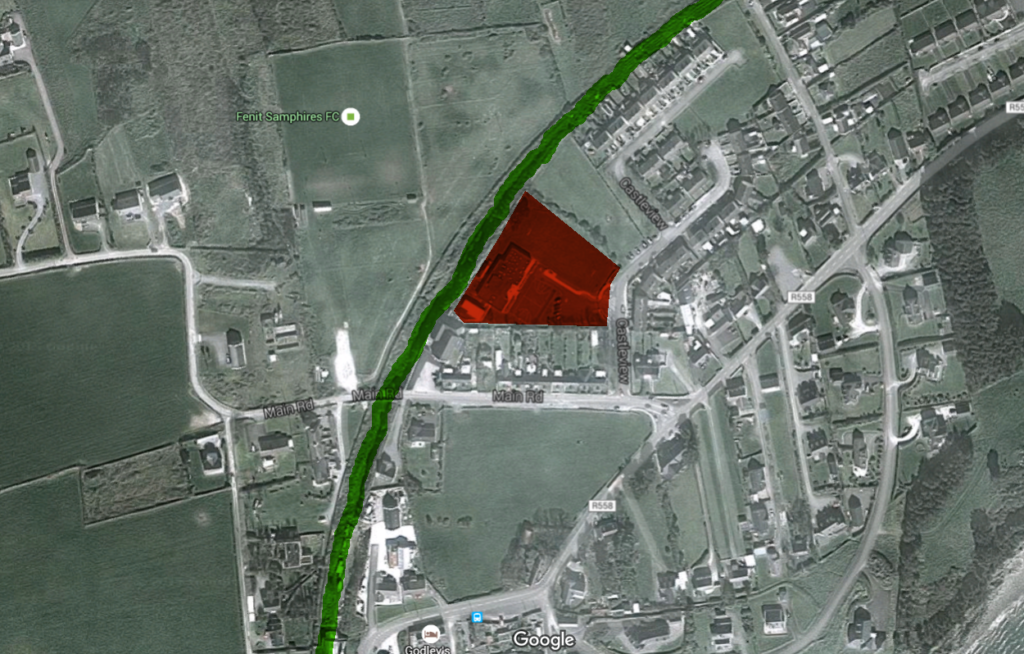
Similarly, the two primary schools along the route – Spa and Fenit National Schools – have not been directly connected to the Greenway. In the latter case, the line passes right beside the school but at such a depth as to require a significant ramp being built. It is encouraging that, as reported in the County Manager’s planning application response, discussions are on-going with the school to facilitate this.
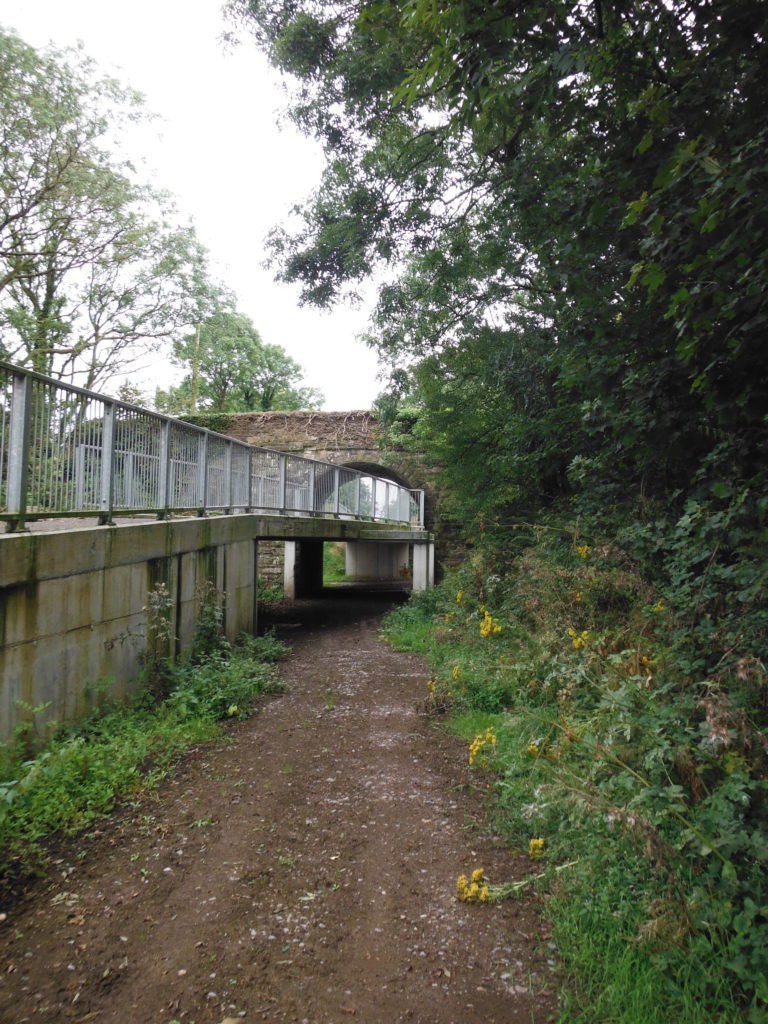
For the Spa National School, the 200 pupils will have a long trek over poor roads to get to the closest access point on the line, taking them through the busy junction in the village centre. This has so far not been addressed and will require urgent consideration for the safety of the children.
As soon as it is completed, the schoolchildren will not wait for the Council to design a proper, safe intersection and to improve the road: they will use it immediately as their daily commute. This certainly was the case of the first part of the Greenway from Tralee to Mounthawk School, which was used regularly by school children long before the Council finally opened it up.
Another important aspect that needs to be considered is connectivity, and it is remarkable that the two Greenways join at the edge of Tralee. Ideally, Greenways should offer a variety of return routes, linking up with existing infrastructure. For example, a return route from the Spa along the seafront to Blennerville would link the Greenway with the Canal walk from Tralee, adding significantly to both amenities.
Finally, local businesses should seize the opportunity to attract more custom by offering some of the simple amenities which can have a big impact on visitor experience. For example, it should not be too much to expect that businesses offer proper bicycle parking, while hotels should offer rental and repair services. These adjustments are fast being made by all businesses along the existing Greenways, and it would be encouraging to see local enterprises leading the way here.
After so many years of delay, it is time for Kerry to embrace these new developments and to ensure that the maximum benefit accrues to the region.